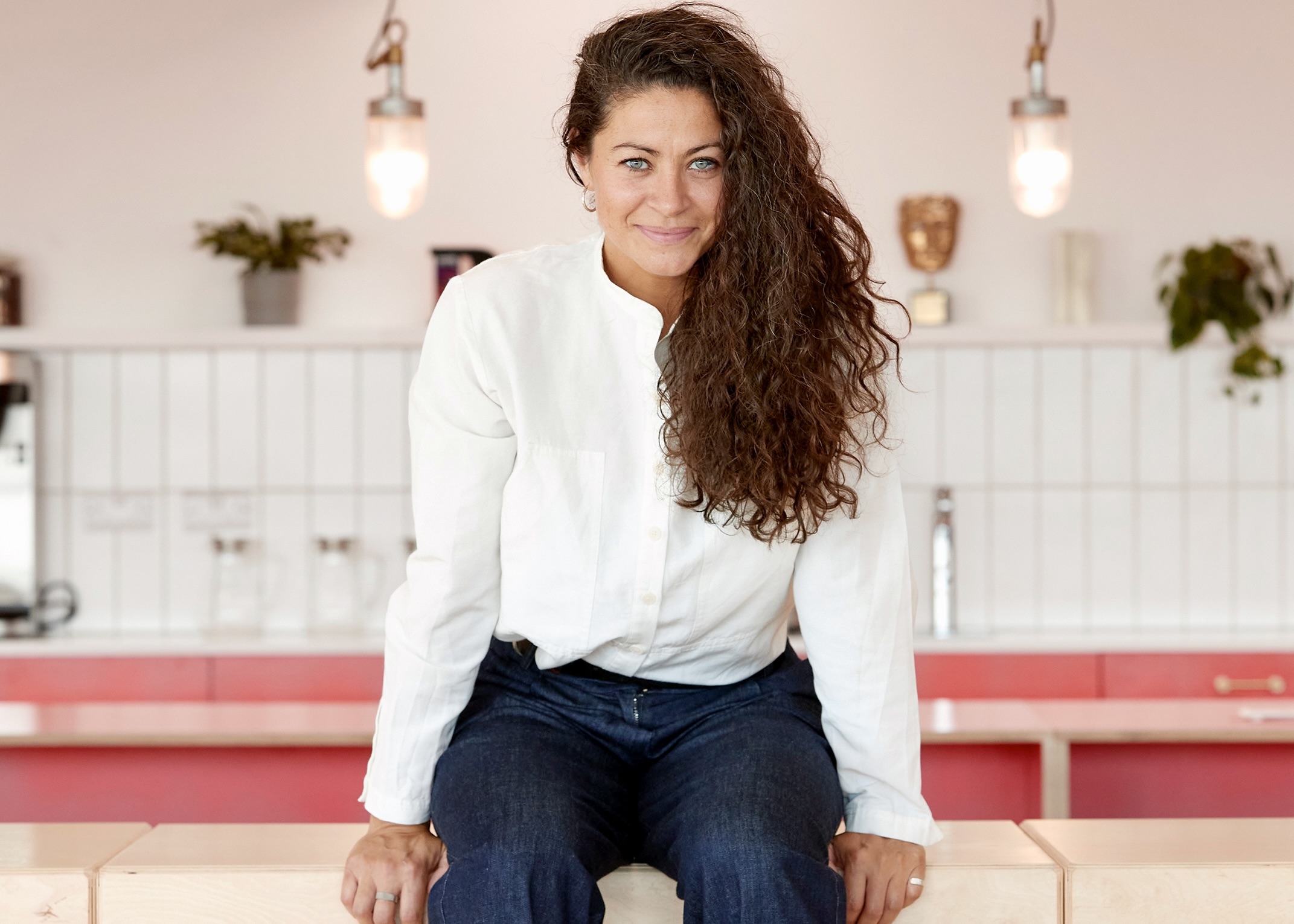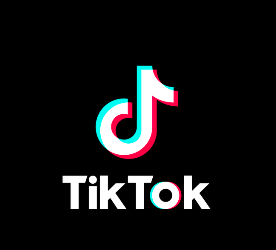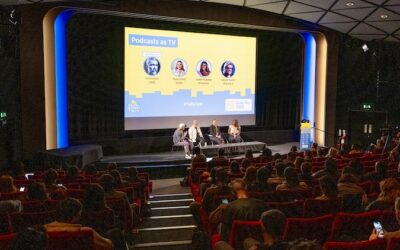After spending nearly 15 years at a TV broadcaster, the ritual of opening the ‘overnights’ every morning was a custom. These gave a clear indication of programme performance ‘overnight’ and its success and perhaps ‘failure’.
We can all argue the toss about how data is captured across TV; is 5100 BARB boxes capturing viewing is a true measure of a programme’s success? However, we all trusted it, everyone used the same measurement metric and on paper it was fair.
During my time in TV, I was charged with developing branded content (later branded entertainment). Choreographing the dance around commissioning editors, who didn’t really want brands associated with their pristine editorial, whilst trying to woo clients into the ring. Reminding them that they wouldn’t have any editorial control, wouldn’t be allowed to have any product benefits mentioned and, it would be really hard to measure ROI. Affectionately known as the ‘anti-sell’. Branded entertainment at a broadcaster was and still is hard work.
In linear TV, we had one core metric; TV ratings – everything else was secondary. In a digital world, things are more complex. We have more data than we know what to do with, and of course how we’re measuring it all? Views, watch-time, engagements, view-through rates, click-through rates, reach, and subscriber / follower counts to name a few. We are blinded by data, and actually deciphering the gaps and holes in a strategy is just as important as measuring the good numbers. One part of this is to make sure you can pivot with agility and capitalise on your investments. Equally, if you are using an agency to support you on ‘growth’ then exposing the gaps is equally as important as celebrating the success.
But what is good? The simplicity of a legacy linear system is quite idyllic in a ‘digital first’ world. That legacy determines slot averages and performance really is limited to a 7-day catch-up window after that everything tends to fall off a cliff.
When we work with brands on their digital strategy, we break it back down to what they’re trying to achieve. As when it comes to investment and value, often these place emphasis on the wrong things. So, with the ability to measure everything, this means that we can start to set intentions on KPIs.
Are you trying to grow subscribers / followers?
Are you trying to increase watch-times?
Are you trying to increase engagement?
Are you trying to reach a younger / older / more female / male skewing audience?
Is your approach about scale or niche audience ecosystems?
Now I know you are going to say – all of the above.
Pulling levers on each of them might require different strategies and tactics. Also, let’s not forget all the nuances that each platform algorithm has to offer. Am I here to tell you that an 80% view-through rate of a 10 min piece of branded content is more valuable than a 3-second view? Not really. Because a 3-second view might be all you need, it really does depend on objectives and what you’re trying to achieve.
I’d rather focus on four key pillars of consideration when working on branded content.
Audience – Who do you have, want, and need as part of any campaign or always on approach?
Platform – What is the role of each platform in your ecosystem? How do you propose to execute against them?
Content – What are you creating for each platform and for your targeted audience, that is native and fit for Purpose?
Purpose – What purpose does it serve in the audience’s world and consideration of the need state they’re in when consuming?
The notion of vanity metrics is still something that can help give credibility to any branded project. Especially if you’re justifying investments and pegging against performance metrics. But beware of comparing a TikTok view to a YouTube view or an IG post, to a website visit. If you’ve built out a robust ecosystem, each one of these platforms, formats and posts could be serving a very different need for your audiences and as such should be treated differently.
Fundamentally the clue really is in the name, Branded Content. It’s very much about your brand and how it stands up in a consumer’s life and the value it adds. So make sure that you are measuring the right thing and setting objectives on your branded content that can have a meaningful impact on your business.
Jade Raad is director of brand strategy at Little Dot Studios





